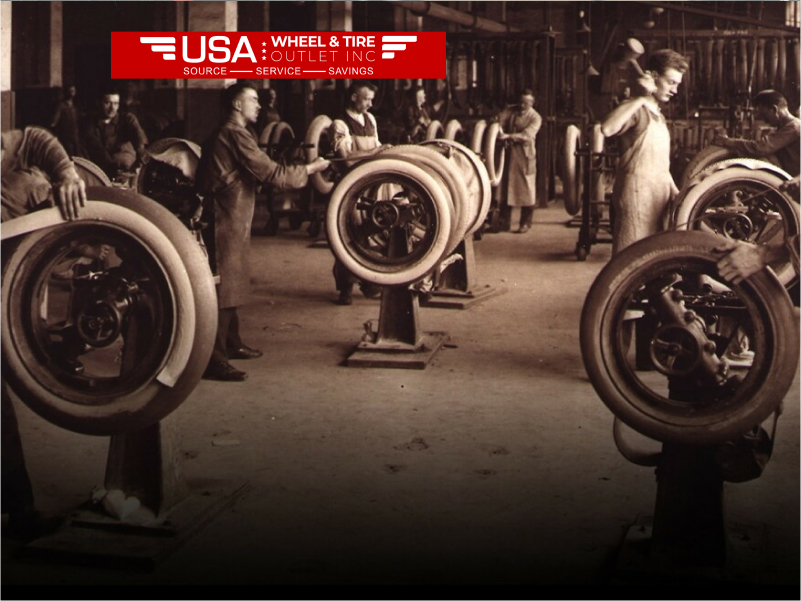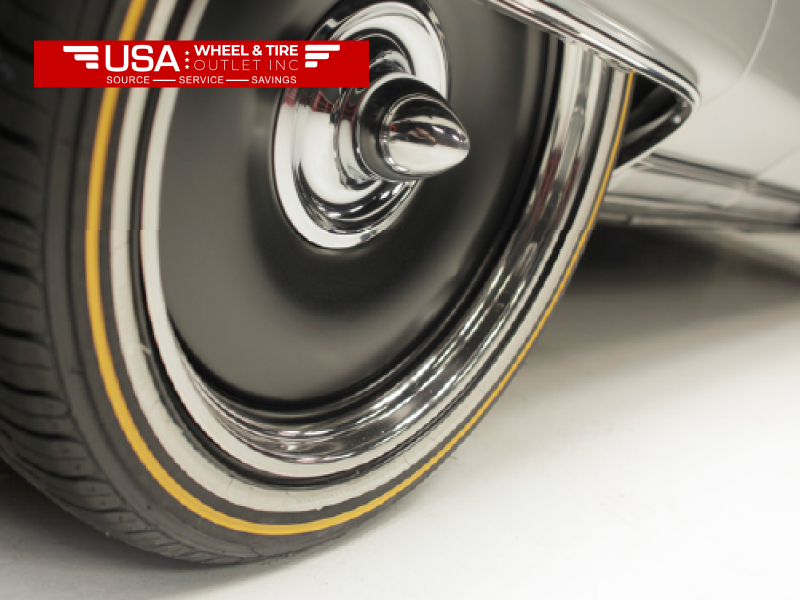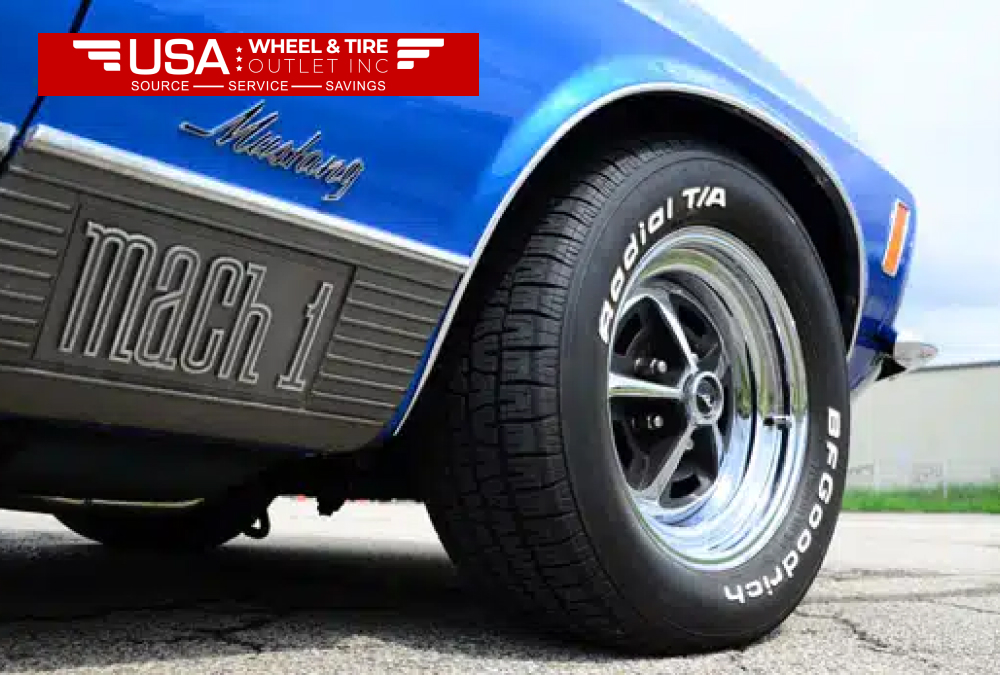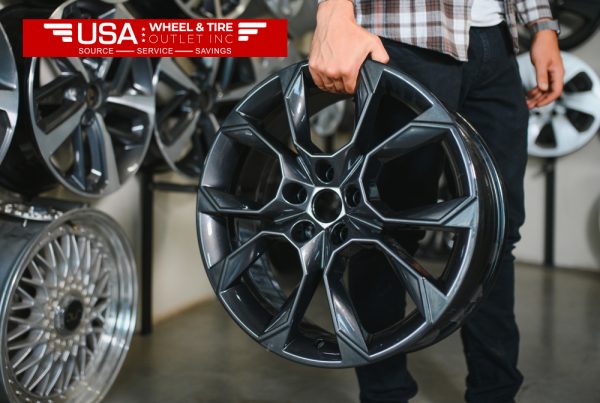The 1920s tires, sometimes referred to as the Golden Era in automobile history, were a period of great change. This decade was marked by the rise and development of iconic brands, as well as innovations that revolutionized transportation. The cars from this decade symbolized style and innovation. They are now treasures of the automotive past.
Preserving vintage cars requires meticulous attention, as each component must reflect the time period. Tires play an important role in the preservation of authenticity, as well as in improving performance and safety. The original design of a vehicle must be preserved while the tires function properly.
This guide will help car lovers and restorers to make informed decisions regarding the selection of automobiles built in the 1920s tires. By understanding historical significance, available options and technological aspects, readers can better preserve the integrity and appeal of these classic vehicles.
Historical Context of 1920s Tires for Golden Era Cars
The 1920s tires saw a boom in the automobile industry. These advancements laid the foundations of modern vehicles. Ford, Chevrolet Packard, Cadillac, and other automakers dominated the automobile market. They offered cars that satisfied a growing need for affordability and luxury. Popular vehicle types at that time included sedans coupes and roadsters. They were all designed to reflect evolving tastes in the American population.
In addition, the tire industry made great strides in this decade. Bias-ply rubber became the industry standard. It was known for its sturdy construction, and that it was suitable for the roads at the time. Material and design experiments were conducted by companies, which resulted in improved grip, durability and comfort.
It’s important to know the history of 1920s tires cars before you restore them. This article emphasizes the need to use tires that match the aesthetic and technical standards of the 1920s.
Characteristics of 1920s Tires
The 1920s tires were characterized by their unique design and construction. They reflected the technological limitations as well as the stylistic preferences at the time.

Bias-Ply Construction:
In the bias-ply tire design of early automobiles, fabric layers were crossed diagonally in order to create the tire carcass. This led to thick sidewalls with narrow treads. There was also less flexibility in comparison to modern radial wheels. Whitewalls are a symbol of elegance and detail.
Tube-Type Tires:
The inner tubes of 1920s tires were required to keep air in the tires. These tubes had to be carefully installed in the tire casings, as punctures and leaks could occur.
Dimensions, Sizes and Measurements:
Standard tire sizes ranged in size from 30×3.5 to 33×5 inches depending on make and model. It is crucial to get the right size for your vehicle.
Tread patterns:
Tire treads of the 1920s tires were simple and intended to improve grip and durability, especially on unpaved surfaces. Straight ribs and blocks were common patterns.
Authenticity Vs Modern Adaptations
Although original tires are hard to find, modern reproductions make a great alternative. These reproductions combine vintage looks with modern materials and performance. They are perfect for collectors who want authenticity without compromising safety.
It is important to understand these characteristics so that restorers are able to select tires that will maintain the historical integrity of the vehicle while also meeting current usability standards.
Replicas and Modern Replicas – Best Tires for 1920s tires Cars
Choose the right modern replicas to ensure your vintage vehicle retains its authenticity and delivers reliable performance. Here are your best choices today:

1. Firestone Deluxe Champion Tires
Firestone Deluxe Champion tire is a great choice for anyone who wants to get the most out of their tires. They offer reliability and accuracy. These tires feature a classic whitewall option and a bias-ply design. They are the perfect complement to luxury vehicles, such as Packard or Cadillac. These tires are built to last, with a robust design that maintains the period-correct look of classic cars.
2. Coker Tires Classic Tires
Coker Tire specializes in the reproduction of vintage tires. Their product range includes a large variety of 1920s models and makes, such as sedans, touring cars and roadsters. Purists are able to recreate the experience of driving an authentic 1920s vehicle with the available tube-types. Coker’s dedication to quality and details makes them a popular name among restorations.
3. Universal Vintage Tire Models
Universal Vintage Tire offers affordable designs with designs from the 1920s. These tires are best suited to popular models, such as Ford Model Ts and Chevrolets. There are many options for customization to suit your car.
4. Lucas Classic Tires
Lucas Classic Tires are renowned for their high quality and durability. The combination of vintage looks and modern reliability makes them an excellent choice for luxury cars and touring vehicles. Lucas tires have a focus on replicating intricate patterns and textures found in original 1920s tire.
5. Lester Tires
Lester Tires’ precision engineering is renowned, as are their period-correct tread patterns. These tires have a balanced performance with comfort and are perfect for restored display cars. Their authenticity and functionality improve the look and driveability of vintage cars.
Key Features to Consider When Buying Vintage Tires
There are several important factors to consider before choosing the best tires for an old car.
Authenticity:
Maintaining the vintage appearance is crucial. Choose tires that match the original style with whitewalls, blackwalls, and tread patterns.
Material:
Rubber compounds of high quality that are durable and flexible will help the tire to withstand all driving and display conditions.
Whitewall Or Blackwall Options?
Check if your car had whitewalls originally, as they were a popular style in the 1920s. If you prefer a more subdued look, blackwalls tires are another option.
Tube and Tubeless:
Although most 1920s cars used tube-type rubber tires, modern replicas of these can provide improved performance.
Sizing & Fitment:
Ensure that the tires are the same size as your original rims, and that they fit properly.
Brand Reputation
Choose vintage tire manufacturers such as Coker Tires or Firestone, who have proven to be reliable.
Maintenance Tips for Vintage Tires
The longevity of vintage tires can be extended by maintaining them correctly:
Regular Cleaning: Use a mild cleaner to maintain a pristine appearance and prevent discoloration.
Inflation: Maintain recommended levels of pressure to avoid cracked tires, uneven wear and potential blowouts.
Tire Storage: Store tire in a cool and dry place away from direct sun to prevent dry-rot.
Tire rotation: Rotate the tires regularly for even wear.
Tire Treatments: Use a non-petroleum base tire dressing to protect rubber from environmental degradation.
Where to Buy 1920s Replica Tires
Finding the right vintage tire supplier is essential to getting authentic tires.
Specialty Stores: Companies, such as Coker Tire or Universal Vintage Tire, specialize in period accurate reproductions.
Marketplaces Online: Platforms as eBay, Hemmings, and ClassicCar.com, offer a vast selection of vintage wheels.
Restorer network: Join an antique car club or forum to connect with trustworthy sellers and fellow enthusiasts.
Swap Meets, Auctions, and Trade Shows: All of these events can be used to source rare and unusual tire models.
Cost Considerations and Budget Planning
Long term savings: Regular maintenance will reduce tire replacement costs.
Conclusion
Tires are crucial in maintaining the authenticity of 1920s vehicles and their performance. Modern replicas provide a seamless combination of historical accuracy and increased durability, making them an ideal choice for both enthusiasts and restorers. Firestone’s iconic styles to Lucas’s handcrafted craftsmanship are available to suit a variety of budgets and needs.
By choosing the best tires, you can not only maintain the beauty and functionality of these classic automobiles but also honor their heritage. By consulting with experts and researching reliable suppliers, you can make an informed decision about your prized vehicle.
Read Also: Wheels for Sale: Where to Find the Best Deals
FAQs
1. What type of tire was used in 1920s?
In the 1920s the tires were bi-ply, with inner tubes. These tires had an unusual construction, with fabric layers that crossed at an acute angle. This provided the strength and durability needed for the roads in this era.
2. Can you use modern tires on cars made in the 1920s or earlier?
It is technically possible to fit modern tires on cars from the 1920s. But modern replicas specially designed for vintage cars is highly recommended. These replicas provide period-correct designs including tread patterns and options for whitewalls, but with improved materials.
3. Are whitewall tires required for authenticity?
Whitewalls are a popular choice for aesthetics in the 1920s. This was a time of luxury, style and elegance. Their use, while they increase authenticity, depends on individual preference and style of vehicle. For certain models, blackwall tires provide a historically accurate look and can be used to create a more subtle appearance.
4. When should vintage tires be changed?
Vintage tires are generally replaced after 5-10 years of use, depending upon storage and usage conditions. Tires must be regularly inspected for cracks, dry rot, and wear to maintain their integrity and safety.





